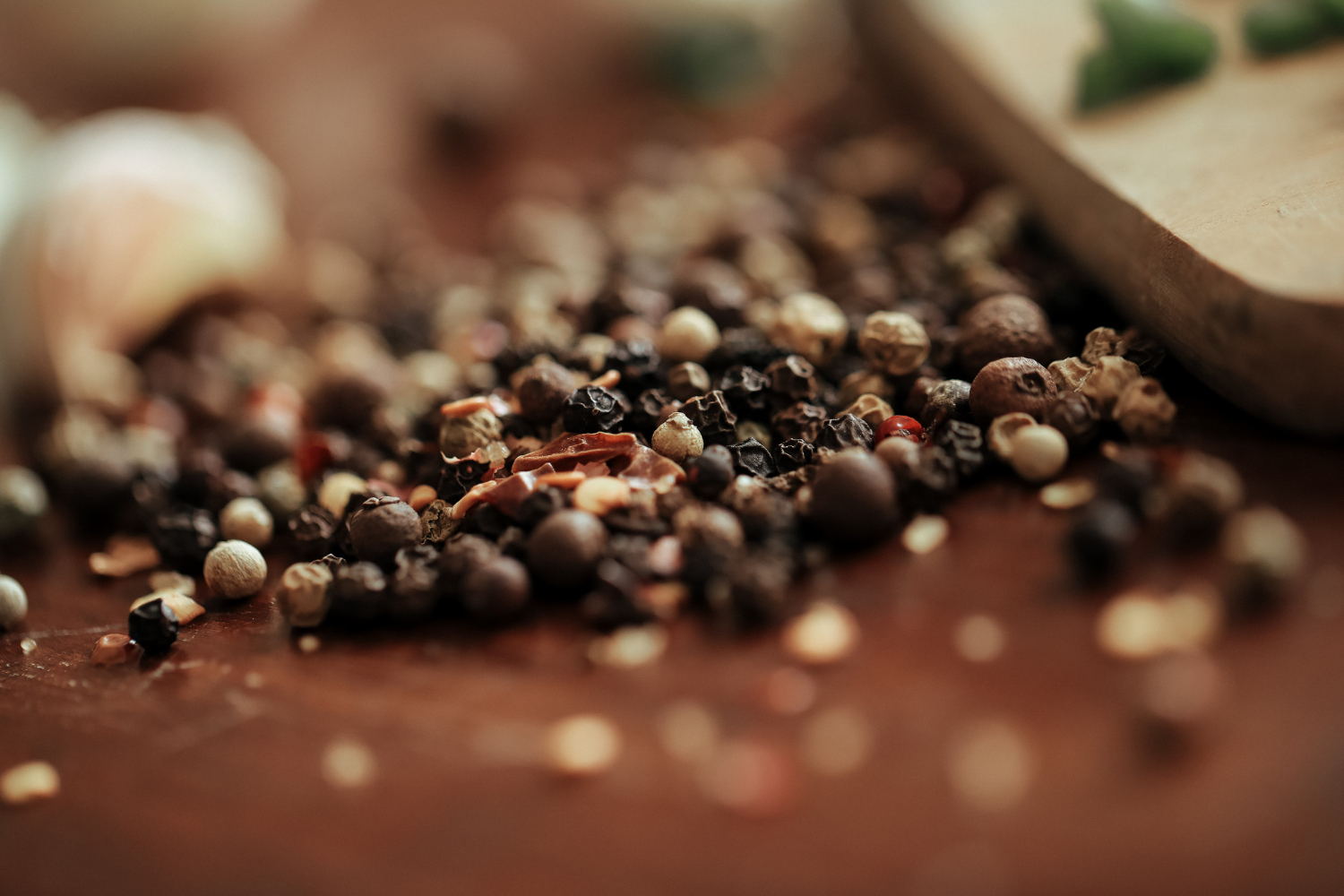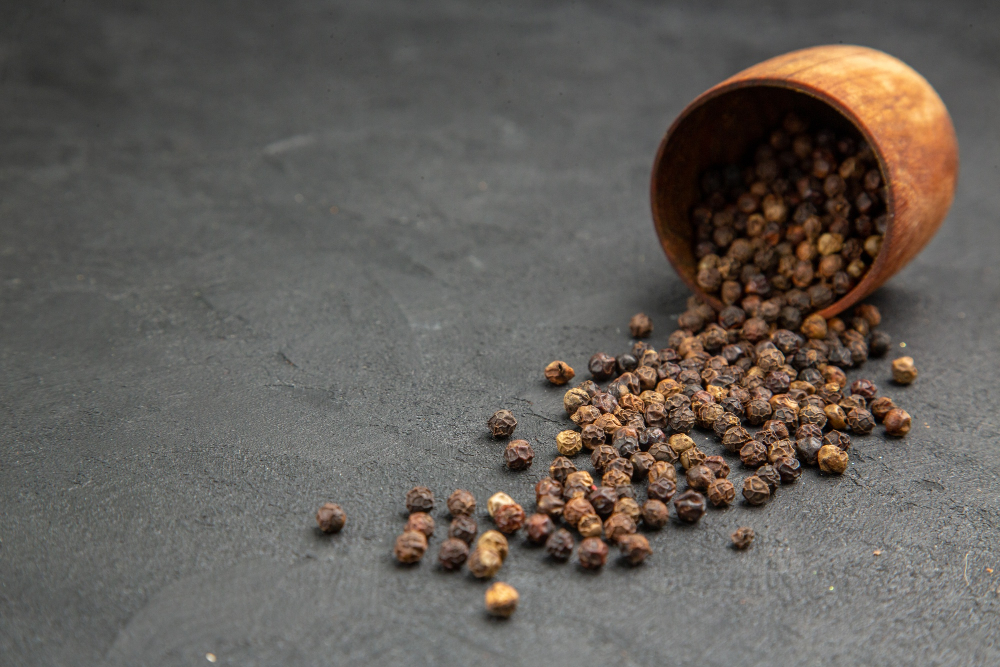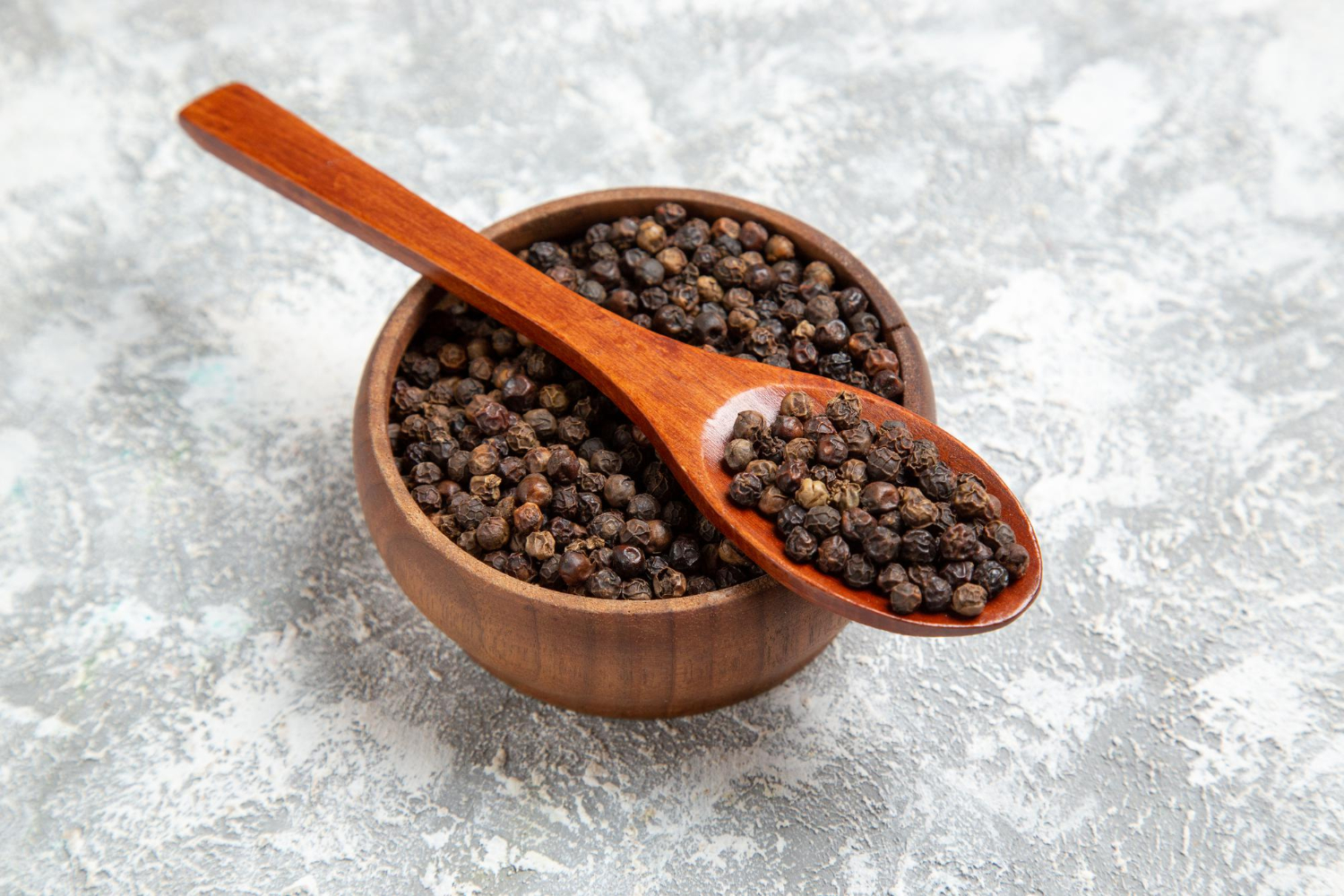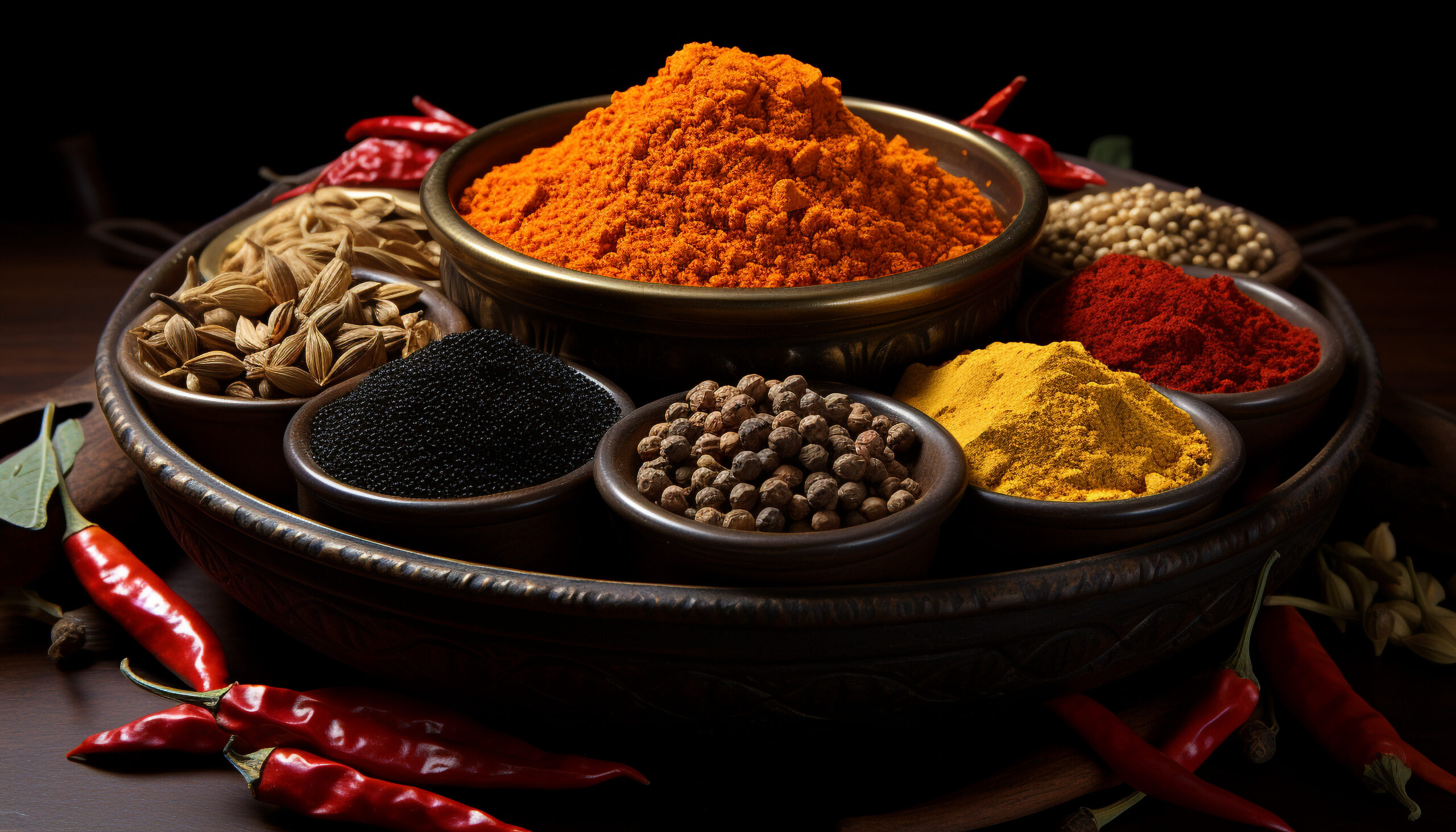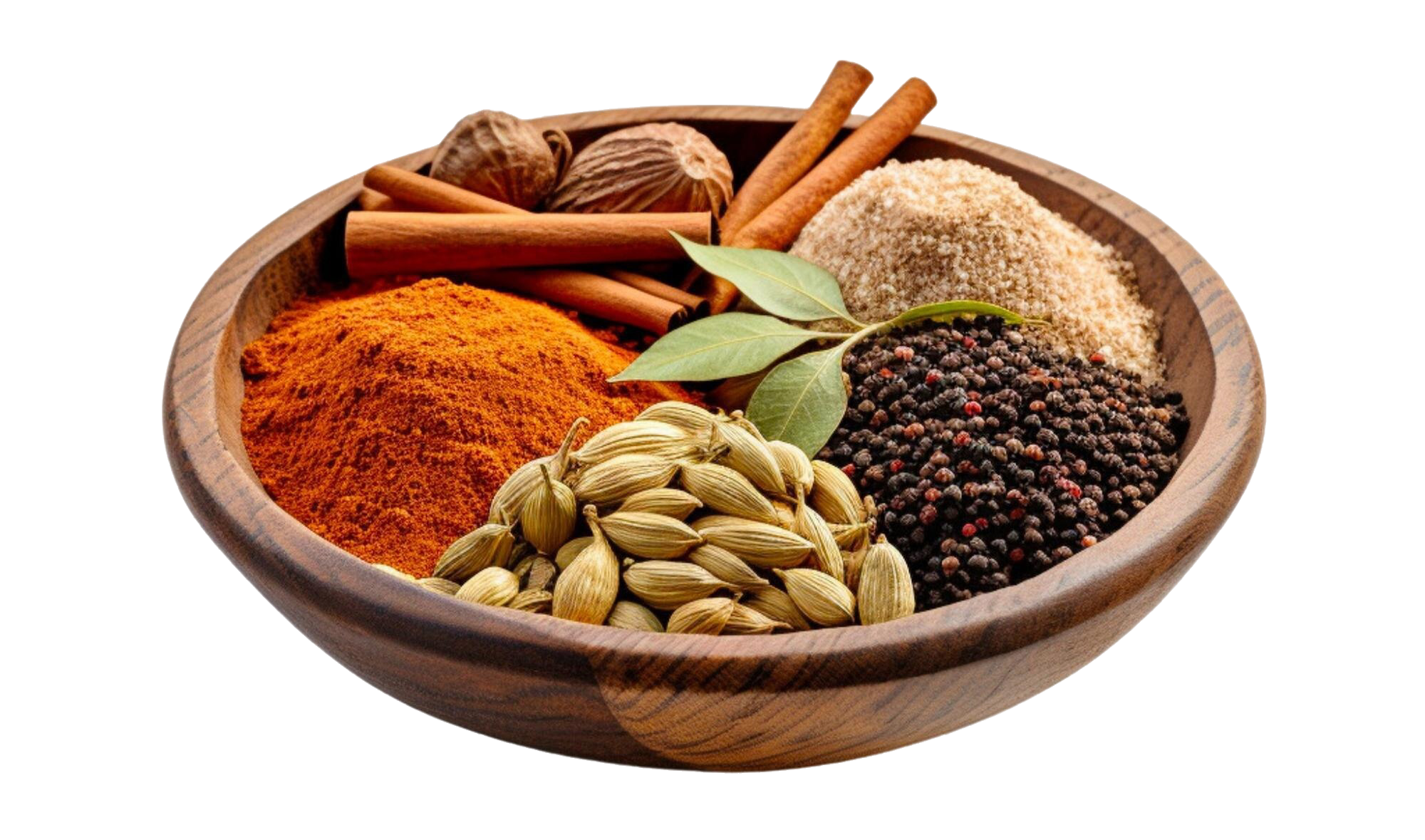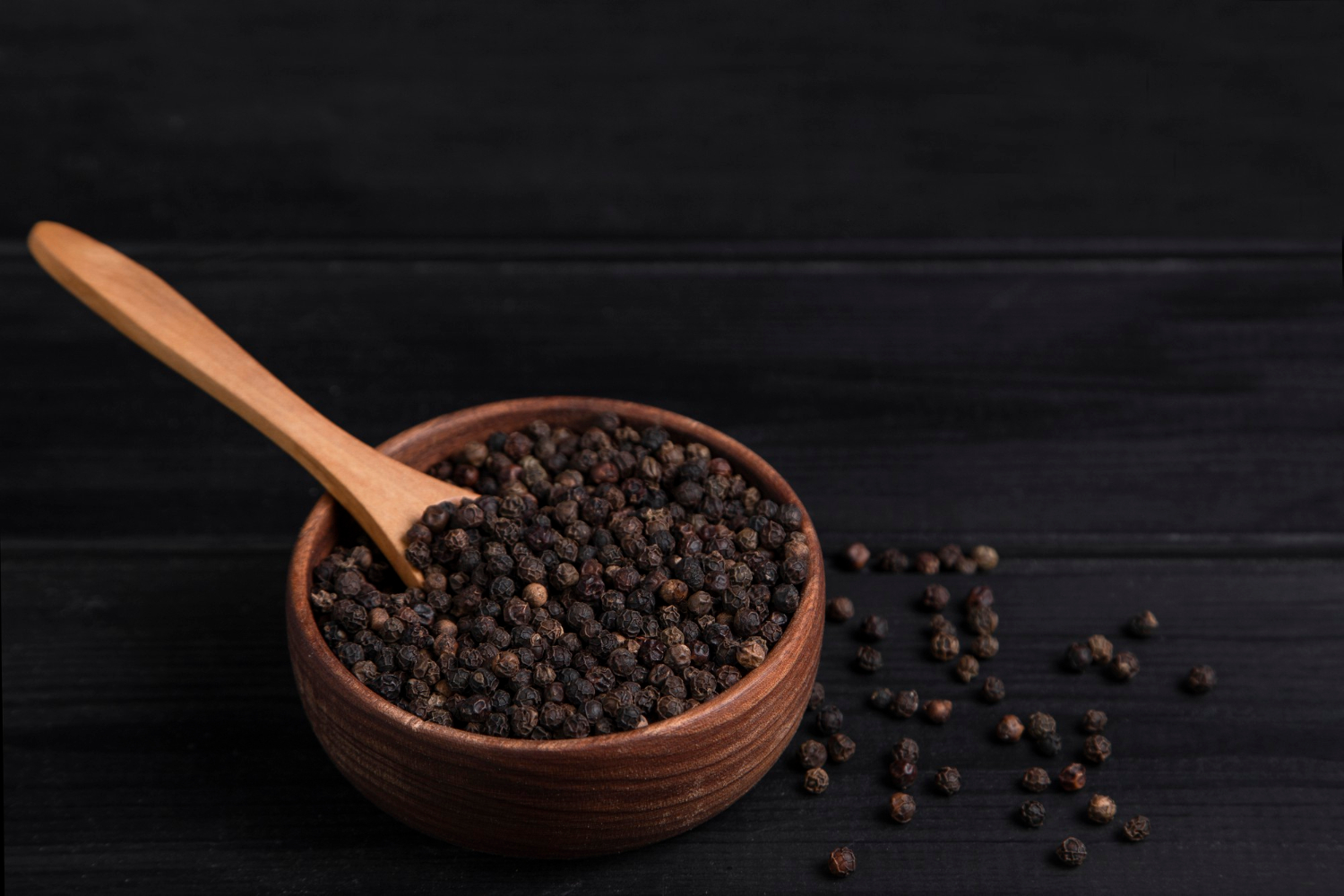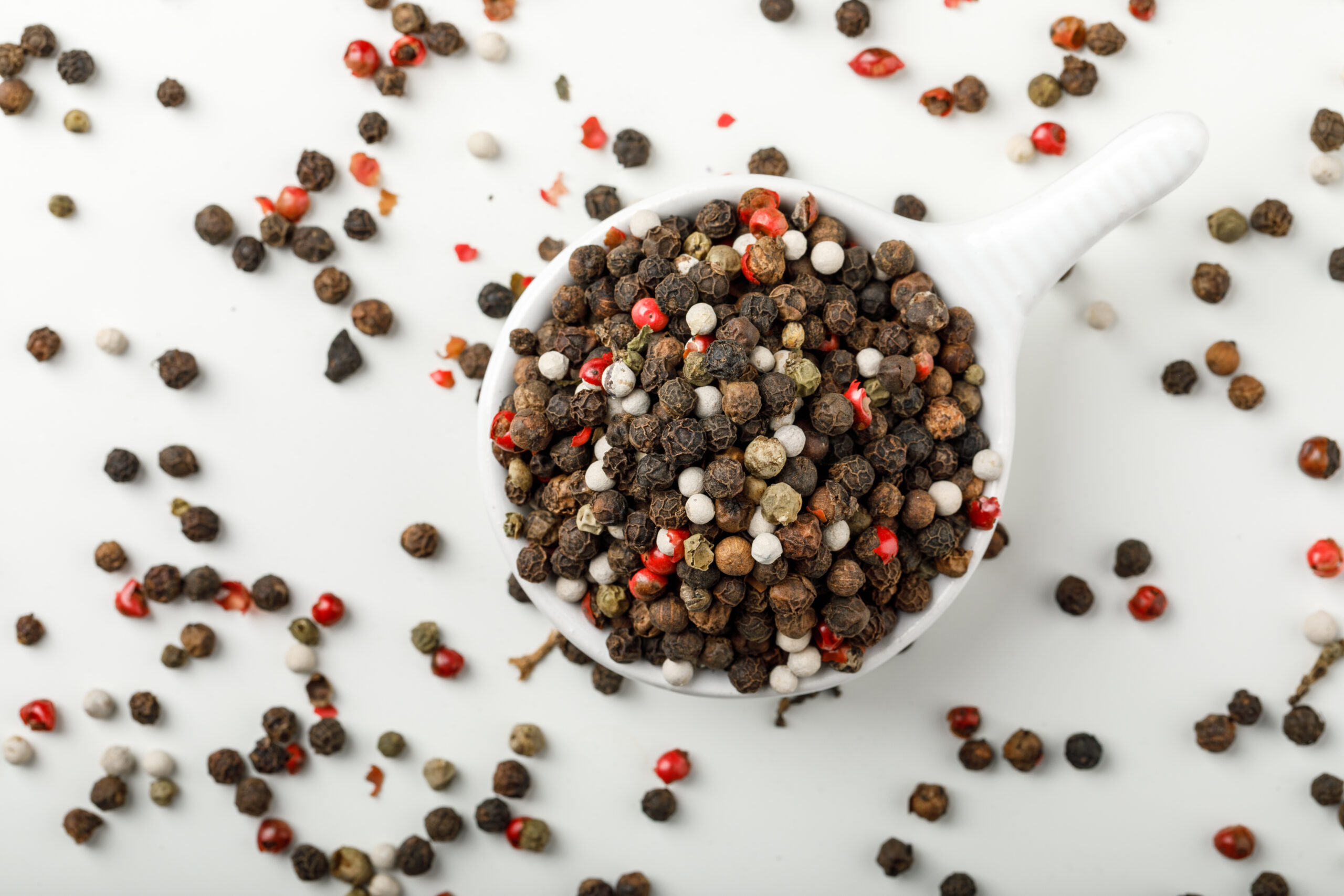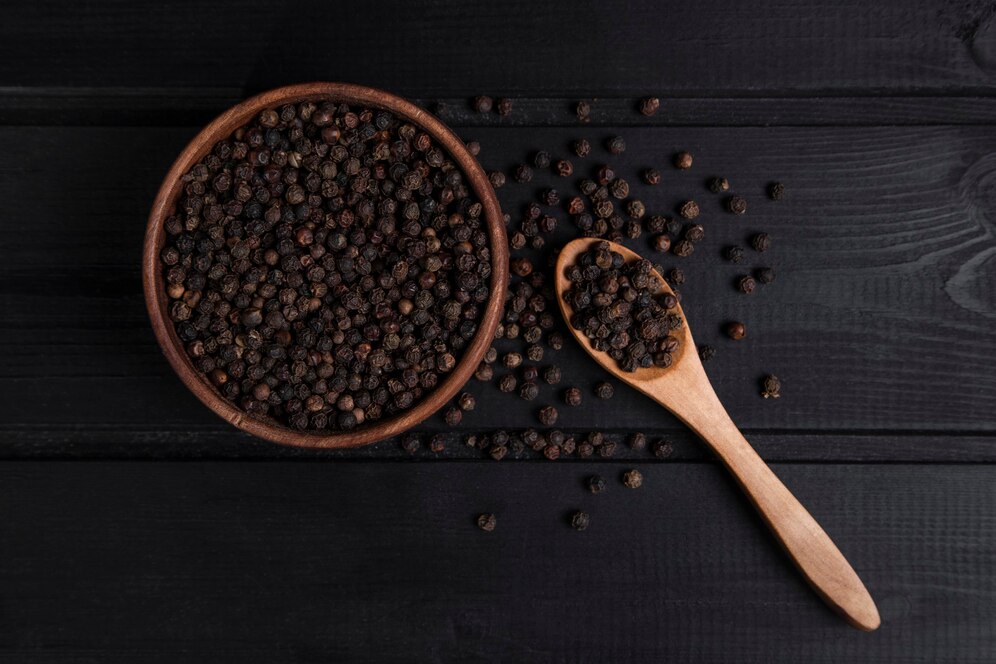A Peek into Traditional Black Pepper Harvesting in Wayanad
Natural beauty meets tradition in Wayanad, a land tucked away in the Western Ghats. Known for its serene landscapes, fertile soil, and abundant spice plantations, Wayanad is home to one of the world’s most treasured spices—black pepper. Often called the ‘King of Spices,’ black pepper has been cultivated in this region for centuries using traditional methods that have stood the test of time.
In this blog, we take a closer look at how black pepper is harvested in Wayanad—through a process that’s as rich in culture as it is in flavor.
The Ideal Environment for Pepper Vines
Black pepper, or Piper nigrum, flourishes in hot and humid tropical climates, and Wayanad offers the perfect setting. The region’s loamy soil, regular rainfall, and ample shade from tall trees create just the right environment for pepper vines to thrive.
Pepper is typically grown as a climber on support trees like silver oak, mango, and areca nut. These vines can grow up to 10 meters long, wrapping themselves tightly around their host trees while soaking in the nutrients from the fertile Wayanad soil.
The Right Time to Harvest
The harvesting season for black pepper in Wayanad generally begins in December and lasts until March. Timing is critical. Farmers watch the vines closely to ensure they harvest the pepper when the berries are just right—firm, full, and slightly turning red. This stage ensures optimal flavor and essential oil content in the peppercorns.
It’s not just about plucking pepper—it’s about reading the signs of the land and climate, a skill passed down through generations of Wayanadan farmers.
Traditional Harvesting by Hand
What sets Wayanad’s pepper apart is the traditional, manual harvesting method. Farmers climb the support trees using bamboo ladders or coir ropes and carefully handpick the pepper spikes (kambis) one by one. This delicate work requires skill and patience, as the goal is to avoid damaging the vines so they can produce again the following year.
The collected pepper spikes are gently placed in woven baskets, often made of natural fibers like bamboo or palm leaves. These baskets keep the pepper ventilated and dry during transport, preserving their quality from farm to drying yard.
Sun-Drying: A Natural Preservation Method
A thin layer of fresh pepper spikes is spread out under the sun to dry after harvesting. This sun-drying process, which usually takes 7 to 10 days, is crucial for transforming green pepper berries into the familiar black, wrinkled peppercorns.
Farmers turn the pepper regularly by hand to ensure uniform drying and to prevent spoilage. During this time, the outer skin of the berries darkens and shrinks while locking in the spicy aroma and essential oils. This method retains the pepper’s natural pungency and flavor without the need for artificial drying or chemical treatment.
A Heritage Rooted in Sustainability
Traditional black pepper farming in Wayanad is more than just a method—it’s a way of life. Most pepper farms are small, family-run units, where knowledge and techniques are passed down from parents to children. These farmers often use organic and eco-friendly practices, including composting, natural pest control, and intercropping with other spices and fruits to maintain soil health.
This sustainable approach not only protects the environment but also results in higher-quality pepper that is free from harmful chemicals and additives.
From Wayanad to Your Kitchen
Wayanad black pepper is known for its bold aroma, sharp heat, and rich flavor. Whether used whole, crushed, or powdered, it elevates any dish it touches—from simple vegetable curries to gourmet global cuisine.
At Wayanady, we are proud to bring you 100% pure black pepper harvested using traditional methods by local farmers. Our pepper is available on our official website wayanady.com, as well as on Amazon and Flipkart. When you buy from Wayanady, you’re not just buying a spice—you’re supporting a legacy.
Final Thoughts
The next time you sprinkle black pepper on your food, take a moment to appreciate the journey it has made. From the green, misty plantations of Wayanad to your kitchen shelf, every peppercorn carries the essence of tradition, care, and nature. The traditional black pepper harvesting practices in Wayanad remind us that great taste often begins with respect for the land and the hands that work it.


